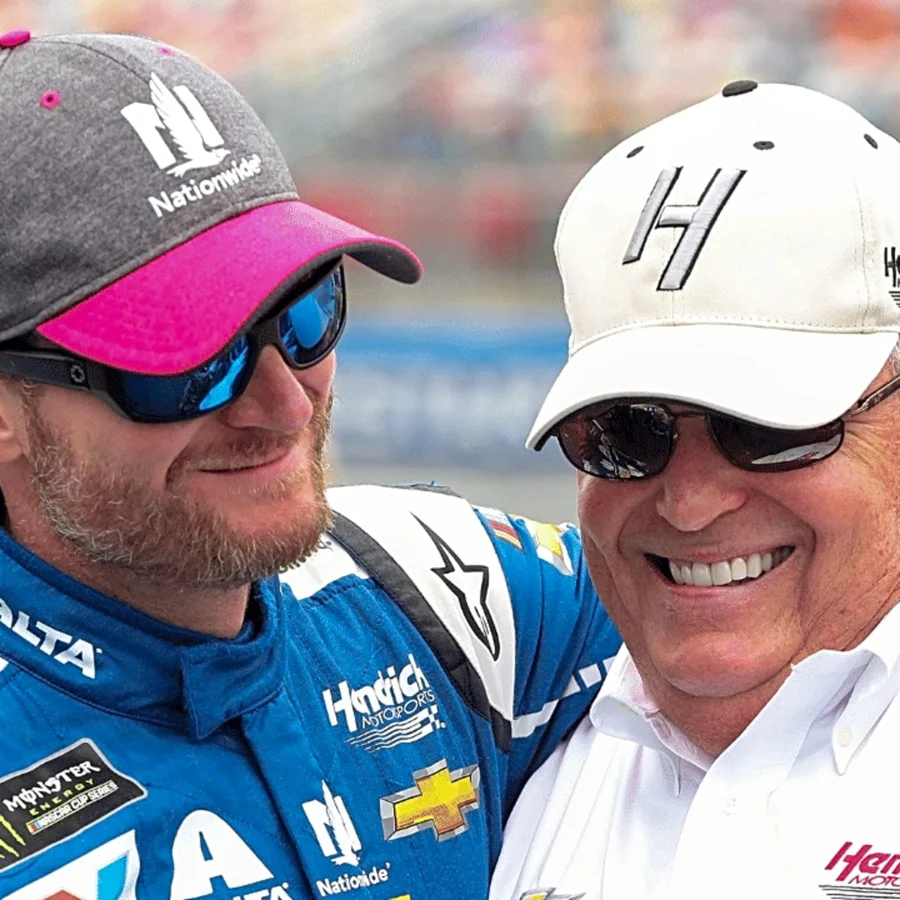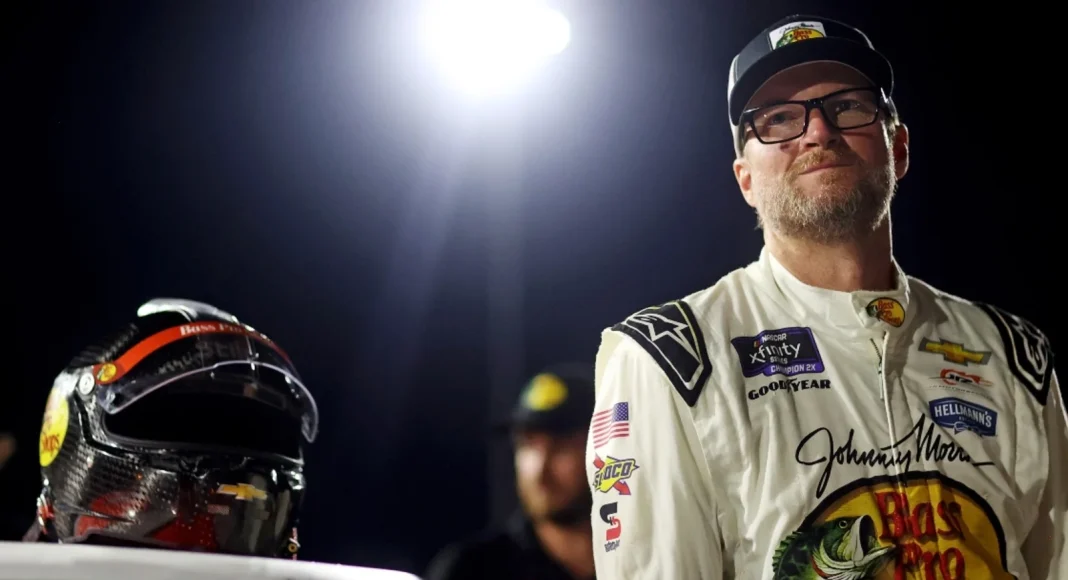Dale Earnhardt Jr. addressed the recent debates surrounding the Bank of America 400 at the Roval, where accusations of intentional race manipulation surfaced involving multiple drivers and teams. The NASCAR Hall of Famer dismissed concerns about drivers holding back to benefit their teammates, stating that such actions are not a serious issue and are often part of the playoff strategy in events like these, keeping the focus of the heated “Dale Earnhardt Jr. race manipulation” discussion in the spotlight.
Controversy Surrounds Tactics in Playoff Races
The finish of the Bank of America 400 at the Roval drew heavy scrutiny, with teams allegedly directing their second drivers to avoid challenging teammates, thereby assisting their advancement in playoff standings. Drivers like Cole Custer and Alex Bowman were highlighted as central figures in these accusations, which raised questions about the integrity of competition during such high-stakes races.
This approach, although controversial, is seen as beneficial for those pursuing a championship. Such strategic teamwork arguably compromised the quality of racing, but Dale Earnhardt Jr., known for his candid views, voiced no opposition to this method, instead giving it a degree of endorsement.
Dale Earnhardt Jr.’s Stand on Team Orders
Dale Earnhardt Jr. expressed a clear stance regarding in-race communication, stating that he has
“zero problem with any spotter saying, ‘Here’s the points situation.’ Honestly, there’s all these videos of was Cole Custer not trying to pass the 22, was Bowman not trying to race the 1 — who cares. At this point, who cares, I guess as long as it ain’t super egregious or guys coming down pit road just to blow their own race and get off the track or a guy spinning out on purpose.”
– Dale Earnhardt Jr., Dale Jr. Download

Earnhardt Jr. further pointed to available video evidence, such as Cole Custer refraining from overtaking Joey Logano, and questioned whether there is cause for public outcry over these tactics. He argued that as long as drivers are not overtly manipulating the outcome through disruptive or unsportsmanlike conduct, such as intentionally causing wrecks, the practice of assisting a teammate remains acceptable in the competitive landscape.
The veteran driver warned against orchestrated acts that would intentionally ruin a race or purposely take out another competitor but stood by the notion that calculated restraint is simply a part of high-level racing strategy, especially in critical playoff rounds.
NASCAR’s Role in Regulating Team Strategy
Attention also shifted to NASCAR’s capabilities for enforcing fair play. After Denny Hamlin’s late-race move eliminated Ross Chastain from playoff advancement, speculation surrounded team decisions and potential back-channel discussions. Dale Earnhardt Jr. weighed in on NASCAR’s capacity to oversee these matters, highlighting the dynamics within teams and among manufacturers like Chevrolet.
“He should. Give me the information and let me choose. … You can’t police it because there’s conversations that happen during the week, I don’t know that this happened but let’s just imagine all the guys in the Chevrolet world probably had some conversation at some point about what the situation was with each Chevrolet driver in the playoffs. You can’t police this stuff, so it doesn’t bother me.”
– Dale Earnhardt Jr.
Earnhardt Jr. suggested that informal discussions routinely take place among drivers, teams, and spotters across the race week, indicating that such cooperation is often beyond the governing body’s reach. According to him, unless actions become glaringly obvious or hazardous, regulatory intervention is largely futile.
Aftermath and Ongoing Implications for Playoffs
Despite backlash over alleged manipulation, the results of the race have already shaped the playoff picture, advancing certain drivers and eliminating others like Ross Chastain. The competitive spirit remains high in NASCAR, and as the elimination rounds progress, there is little expectation that the league’s leadership—embodied by organizations like the Hall of Famer and Chevrolet teams—will introduce regulations to outlaw these forms of behind-the-scenes teamwork.
With attention turning to the final eight drivers vying for the championship, the lingering questions about race manipulation will persist, yet, for now, Dale Earnhardt Jr. and others seem content to let competitors decide outcomes on and off the track. The current atmosphere underscores the complex balance between sportsmanship and tactical advantage in one of motorsport’s marquee series, with the potential for future controversy never far from the surface.


